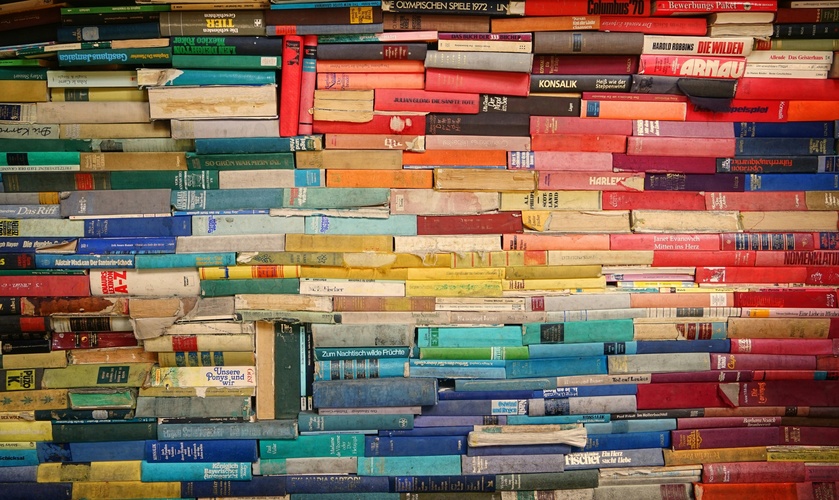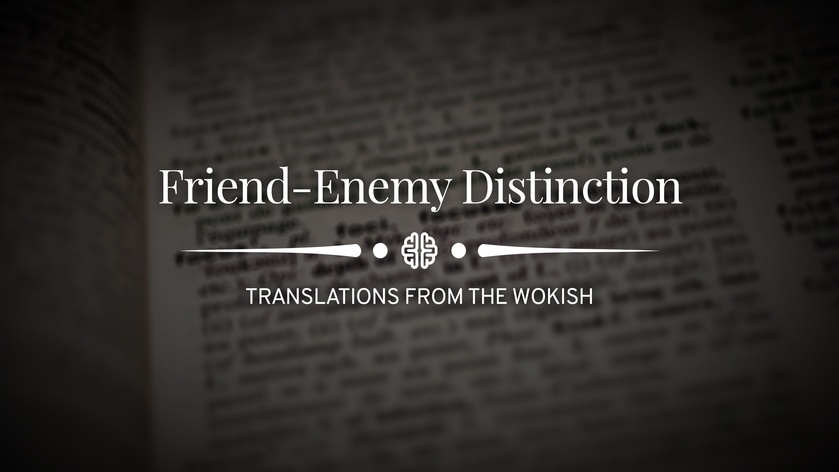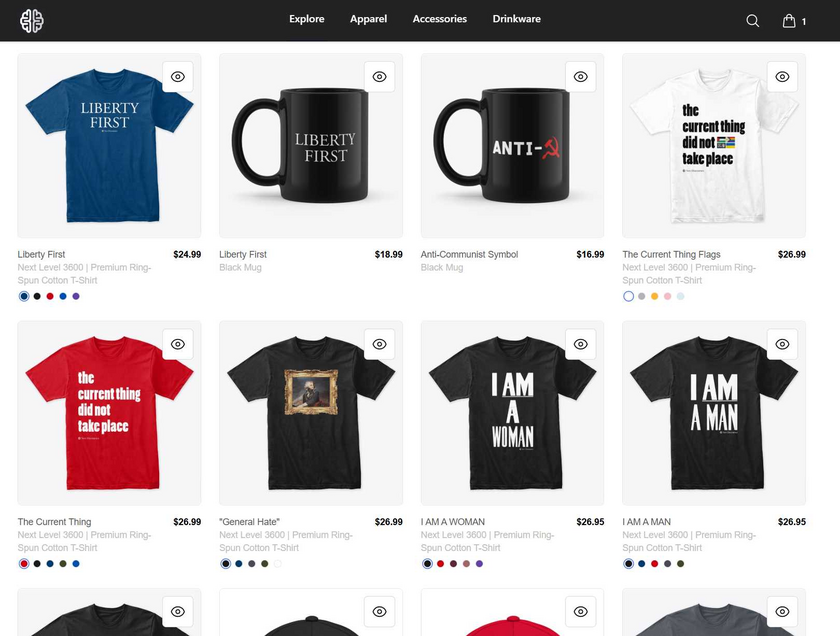
“We are what we say and do. The way we speak and are spoken to help shape us into the people we become. Through words and other actions, we build ourselves in a world that is building us. That world addresses us to produce the different identities we carry forward in life: men are addressed differently than are women, people of color differently than whites, elite students differently than those from working families. Yet, though language is fateful in teaching us what kind of people to become and what kind of society to make, discourse is not destiny. We can redefine ourselves and remake society, if we choose, through alternative rhetoric and dissident projects. This is where critical literacy begins, for questioning power relations, discourses, and identities in a world not yet finished, just, or humane.” (Shor, 1999)[1]
What does it mean to be literate? This is the question we should be asking our educators.
Literacy is the ability to read and write. Our schools say they focus on literacy skills, but a quick survey of NAEP (National Assessment of Educational Progress) data shows that two-thirds of U.S. children are unable to read with proficiency.[2] Our children spend nearly two decades in a schoolhouse, yet many graduate without the ability to read and comprehend, for example, Gary Paulsen’s “Hatchet.”
There are many arguments one could forward to explain the disaster that is American education. Not least of which is the fact that our schools no longer define “literacy” as the ability to read and write. They define literacy as critical pedagogue Ira Shor (quoting Anderson and Irvine, 82’) defined it in 1999: “learning to read and write as part of the process of becoming conscious of one’s experience as historically constructed within specific power relations.”[3]
That is, they define “literacy” as being able to read the political ramifications of systemic power, which is to say to become a Critical Marxist.
I’ve discussed the Critical Turn in Education (both the book and the movement) at length in The Queering of the American Child (Lancing/Lindsay, 2024) and other places. I won’t rehash that here, aside from this single sentence summary, brought to us by Marxist educational scholar Isaac Gottesman: “the critical turn radicalized the field.”[4]
Ira Shor is one of those 60’s radicals who sprinted into education after the fall of Herbert Marcuse’s New Left in the 1970s. He was part of a new Left, an “Academic Left,” baptized into the Marxist faith and Paulo Freire’s “prophetic vision of social justice.” Shor wanted to develop “oppositional pedagogy,” as he calls it; a teaching theory and practice that taught students how to view the world, challenge the status quo and, as critical pedagogue Henry Giroux puts it, create the kingdom of God on Earth.[5]
Shor and his contemporaries spent decades developing “critical pedagogy,” the teaching theory and practices that develop “critical literacy,” or “learning to read and write as part of the process of becoming conscious of one’s experience as historically constructed within specific power relations.” What does this gobbledygook mean? It means Shor wanted to teach students how to read and write the world according to his Marxist faith and Freire’s prophetic vision.
Teaching someone to be critically literate is a brainwashing and thought-reform process, to borrow the terminology of cult expert Robert Jay Lifton. If a person is critically literate, they have learned to use the process of reading and writing as a mediator for spiritual development, leading to a marked change in one’s consciousness. That is to say, learning to read and write critically is an initiation process into the Marxist faith, a process that culminates in “critical consciousness” and awakened (Woke) spirituality.
In this elevated state, learners see themselves as “historically constructed within specific power relations,” meaning they see themselves not as individual and rational actors but as collectivists whose experiences and very being—their conception of what and who they are—have been delimited and determined in advance. A person who is critically conscious believes himself to be enlightened; he has received the revealed word not of God, but of Man and His History.
“Critical literacy is language use that questions the social construction of the self. When we are critically literate, we examine our ongoing development, to reveal the subjective positions from which we make sense of the world and act in it.” (Shor, 1999)
Critical literacy, then, is about taking apart and rebuilding yourself in line with Marxist faith!
To understand this critical point, we have to talk about Marx. Karl Marx argued that humans create society, and that society then conditions future humans to think, behave, and act in certain ways. “The tradition of all dead generations weighs like a nightmare on the brains of the living,” as he puts it in The Eighteenth Brumaire of Louis Bonaparte (1852). Therefore, people aren’t born into society as free agents capable of expressing their creativity, thinking for themselves, and living for the species (what Marx called “species-being”). They are socialized into a society already saturated with culture, customs, norms, and laws that condition them to be a certain way; that conditions them to live not freely and on their own terms, but on the terms of the existing society. In this view, we are created by the progress of History; we are the products of the History we continually make. In short, “man is born free and everywhere he is in chains.”
Critical literacy is the ability to read this socialization and conditioning process so one can determine how they were created by society. Today, this involves convincing children that they are not rational individual actors; they are avatars for various “identity groups.” A boy isn’t a boy—he’s a black boy and he must know it. History has “constructed race” to stamp his skin with the sigh of the oppressed creature. He doesn’t have access to “whiteness” and the privilege it entails.
Worse, he must know that the concept of “boy” was “historically constructed within specific power relations,” meaning there is no such thing as “boy” or “girl.” Some people in a bygone society unjustly created and defined the categories of “boy” and “girl,” “man” and “woman,” for their own self-serving purposes. That is to say, some people (men) with privilege and power created the gender binary to benefit themselves while alienating everyone else.
The boy must be taught to read his world—and all of History, for that matter—critically. Reading must become a mediator for his spiritual awakening; a mediator for the development of his critical consciousness. Only after being initiated into this new faith—as a New Man—can he begin to write the New World according to the “prophetic vision of social justice.” Only after finding his new faith will he be prepared to do the activism required of his conscience.
Critical literacy has nothing to do with learning to read and write. It has everything to do with learning to read the world critically and create (write) the kingdom of God here on Earth.
So, are our children focusing on their literacy skills, or their critical literacy skills, in the classroom? The National Council of Teachers of English posted a position statement in March of 2019 that reads, “Resolved that the National Council of Teachers of English promote pedagogy and scholarly curricula in English and related subjects that instruct students in civic and critical literacy.”[6]
Critical literacy is a cornerstone of “culturally relevant teaching,” a practice that nearly all schools now engage in. The Wisconsin Department of Public Instruction has a nifty “Critical Literacy Overview”[7] document that lists “four basic dimensions to the critical literacy framework in the classroom”:
- Disrupting the commonplace: considering “new frames from which to understand experience” through varied texts, analysis of language, and critique.
- Considering multiple viewpoints: considering our own viewpoints and viewpoints of others.
- Focusing on the sociopolitial: interrogating how “sociopolitical systems and power relationships shape perceptions, responses, and actions.”
- Taking action: taking informed action in service of social justice.
This is Marxist brainwashing and radical activation calling itself “critical literacy” so it can pass itself off to unsuspecting parents, teachers, and children as a literacy lesson.
Ira Shor is one of thousands of critical educators focused on how to teach learners to develop critical literacy in the classroom. What has it achieved? Well, ask yourself: can our children read and write, or are they too busy reading and writing their world with Marxist analysis and activism?
1 “What is Critical Literacy?” by Ira Shor (lesley.edu)
2 NAEP Reading: National Achievement-Level Results (nationsreportcard.gov)
3 “What is Critical Literacy?” by Ira Shor (lesley.edu)
4 Gottesman, Isaac. (2016). The critical turn in education: From Marxist critique to poststructuralist feminism to critical theories of race. 10.4324/9781315769967.
5 Freirean – New Discourses
6 Resolution on English Education for Critical Literacy in Politics and Media – National Council of Teachers of English (ncte.org)
7 dpi.wi.gov/sites/default/files/imce/ela/resources/Critical Literacy Overview.pdf

















